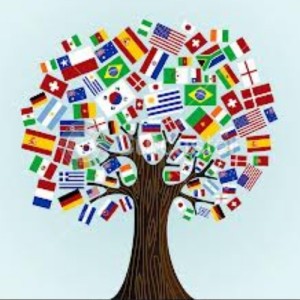Australians uncomfortable with community languages – academic

About 250 languages are spoken in homes across Australia.
There is little or no correlation between foreign languages taught in Australian schools and those spoken in the nation’s homes, according to a leading linguistics researcher.
About a fifth of Australians speak a language other than English; and about 250 different languages are spoken in homes across country.
But according to University of Canberra researcher Misty Adoniou there is little connection between the languages taught in schools, and the languages spoken in homes.
“Successive governments have spent millions trying to increase the numbers of students studying languages in schools,” Ms Adoniou said.
“In 2014, the new Abbott Liberal government upped the ante to 40% of Year 12 students studying a foreign or classical language within the decade. This was ambitious given that the previous targets of 25% had never been reached,” she said.
She said that barely 10% of Year 12 students study a language, yet 20% of the population speaks a language other than English in the home.
“How does that add up? The answer is governments pay little heed to the languages spoken in Australian homes; they prefer ‘foreign and classical’ languages to ‘local and community’ ones,” Ms Adoniou said.
She said there was a clear hierarchy of languages in Australia with English at the top followed by the ‘classical’ languages like French and German.
These were followed by languages deemed useful for Australia’s economic prosperity – for example Chinese, Indonesian and Japanese, Ms Adoniou said, writing for The Conversation.
“If languages already spoken in the home, they slip down the hierarchy of languages, into the community languages pile along with about 245 other languages. Somewhere towards the bottom of that community languages pile are the Indigenous languages of Australia,” she said.
“The chances of those 245 community languages surviving in Australia are remote. It seems remarkably odd policy to pour millions of dollars into setting consistently unachievable targets for learning foreign languages at school, while simultaneously watching community languages slide into oblivion,” Ms Adoniou said.
“It seems, in Australia, if you learned your second language at school or at university – that’s clever and admirable. If your bilingualism comes from your heritage, we’d prefer to ignore it.”
“Australia is generally happy to be multicultural, as long as that just involves some tasty food, and a bit of dance and music at an annual festival. We are definitely not comfortable with being multilingual.
“We are a country where you are free to speak another language, but preferably in the privacy of your own home or on an overseas holiday. It seems we like our foreign languages to stay that way – foreign,” Ms Adoniou said.
Skye Doyle
AMES Australia Staff Writer












